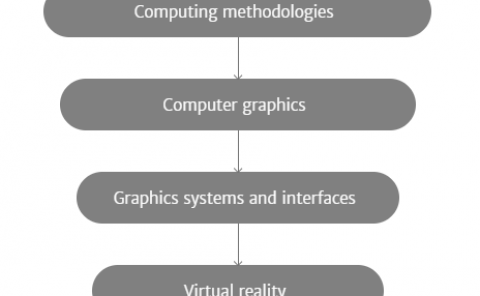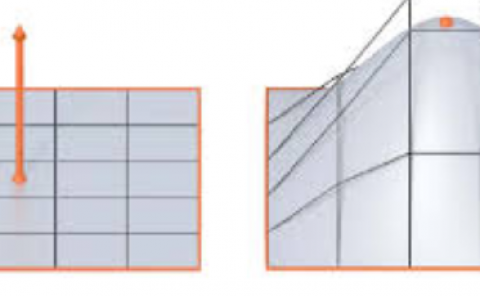Optimal Wireless Streaming of Multi-Quality 360 VR Video by Exploiting Natural, Relative Smoothness-enabled and Transcoding-enabled Multicast Opportunities
PubDate: Sep 2020
Teams: Shanghai Jiao Tong University;Shizuoka University
Writers: Kaixuan Long, Ying Cui, Chencheng Ye, Zhi Liu

Abstract
In this paper, we would like to investigate optimal wireless streaming of a multi-quality tiled 360 virtual reality (VR) video from a server to multiple users. To this end, we propose to maximally exploit potential multicast opportunities by effectively utilizing characteristics of multi-quality tiled 360 VR videos and computation resources at the users’ side. In particular, we consider two requirements for quality variation in one field-of-view (FoV), i.e., the absolute smoothness requirement and the relative smoothness requirement, and two video playback modes, i.e., the direct-playback mode (without user transcoding) and transcode-playback mode (with user transcoding). Besides natural multicast opportunities, we introduce two new types of multicast opportunities, namely, relative smoothness-enabled multicast opportunities, which allow flexible tradeoff between viewing quality and communications resource consumption, and transcoding-enabled multicast opportunities, which allow flexible tradeoff between computation and communications resource consumptions. Then, we establish a novel mathematical model that reflects the impacts of natural, relative smoothness-enabled and transcoding-enabled multicast opportunities on the average transmission energy and transcoding energy. Based on this model, we optimize the transmission resource allocation, playback quality level selection and transmission quality level selection to minimize the energy consumption in the four cases with different requirements for quality variation and video playback modes. By comparing the optimal values in the four cases, we prove that the energy consumption reduces when more multicast opportunities can be utilized. Finally, numerical results show substantial gains of the proposed solutions over existing schemes, and demonstrate the importance of effective exploitation of the three types of multicast opportunities.


